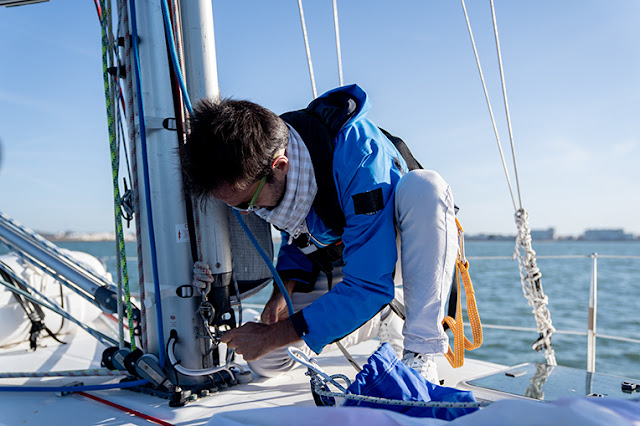Types Of Racing
In addition to cruising, you can take part in sailing competitions, which can be a lot of fun. There are many different racing styles, and you can create your own regulations and techniques for competition.
The type of race is decided by the type of event, the type of course, and the method of competition in addition to the type of water (as with cruising) (which are the rules and requirements). Join the best sailing club in San Diego to enjoy both cruising and racing.
Windward/leeward - A windward and leeward leg racing circuit.
Passage or course - Moving around numerous marks (for example buoys).
Fleet racing - is the most popular type of competition in which a group of sailboats circles a course.
Match racing - Identical yachts competing in a single race for first place.
Team racing - Two multi-boat sailing teams fight to win a series of races.
One-design - High-speed, competitive racing based on class specifications, using identical models and crew members.
Offshore or oceanic racing - 800-mile races that last over several days or weeks and take place on open waters.
And here are some examples of various racing competitions:
Twilight Racing - Individual sailors host summertime social racing competitions.
Club Racing - The neighborhood yacht club hosts social racing competitions.
Regatta - Multiple-day competition with a grand prize winner, usually run by the class association.
Disabled or Para World sailing - official handicapped racing competitions are organized.
Competition methods:
Sailboat racing uses four main forms of competition:
Handicap Racing - Depending on the features of the various boats, time is adjusted.
One-Design Racing - Same boats, real-time winner.
Formula Class -Many boats with some similar features (eg. hull speed)
Development Class - Various boats that adhere to certain specifications (eg. length, hull type, etc.)
In handicap racing, time is either added or deleted depending on the hull type, materials utilized, and other design elements. Using standardized formulas, the handicap is determined. So, the winner is selected after the race by mathematically adjusting the time. You'll see a variety of boat models, gear, crews, and other things during these races. The handicap is caused by the variations in the individual boats.
Different handicap rating schemes exist. A well-liked system is PHRF (Performance Handicap Racing Fleet).
The goal of one-design racing is to finish first with identical boats. The winning boat is the first to cross the finish line. The class requirements must be followed by all participating boats. So in one-design racing, you won't see any various models or hull kinds. The class criteria determined the number of crew members permit the number of kinds of rigging, the quantity of sails, and the boat specifications.
There are a few additional strategies. A midway ground that sits directly between handicap and OD racing is the development class. Although the boats in this class are not all the same length, they usually are. They are all constructed to meet a set of specifications.
Different boats can compete in the formula class without employing a handicapping mechanism. To ensure that everyone has an equal chance of winning, they maintain some specifications (such as hull speed).



Comments
Post a Comment